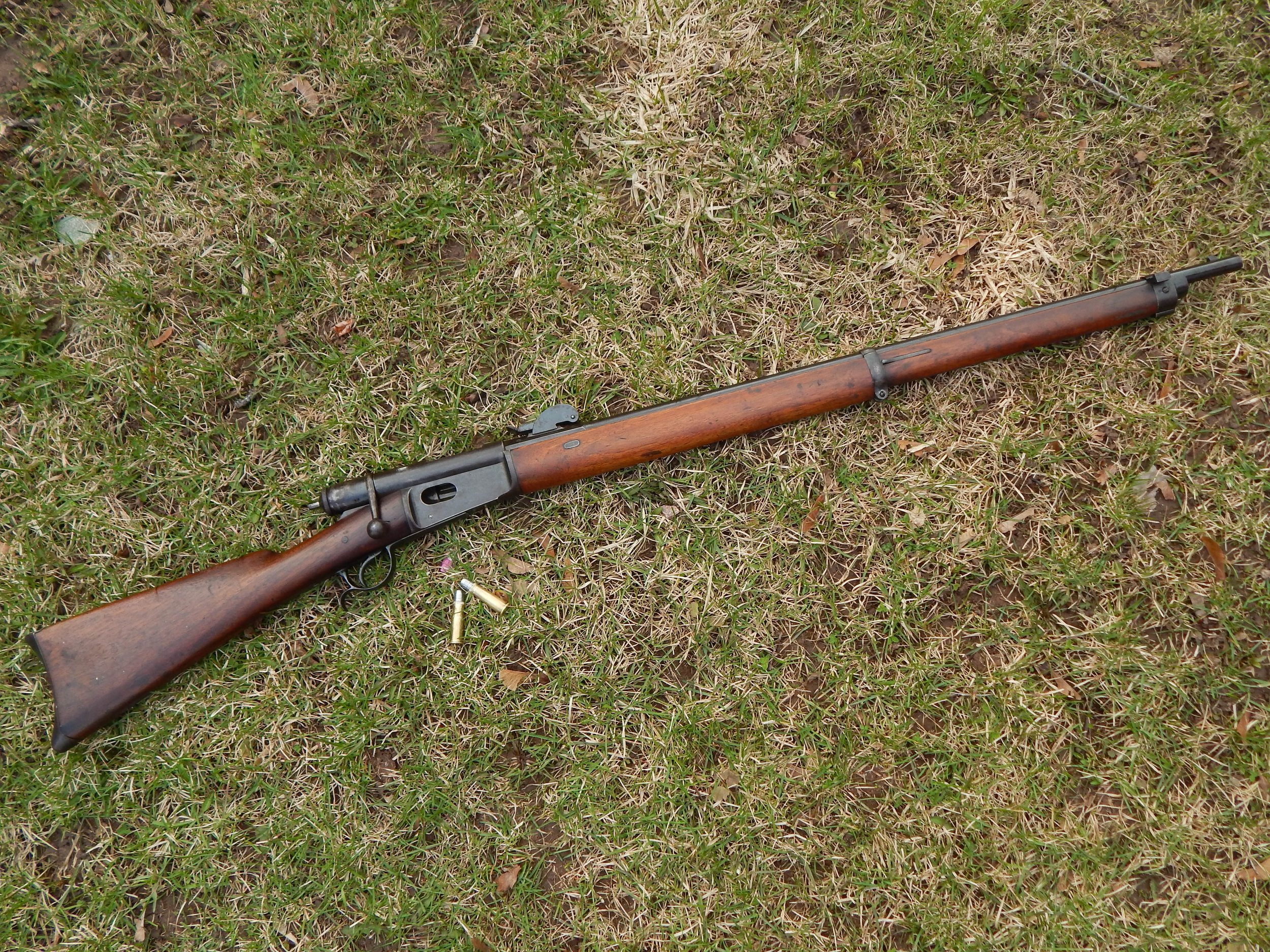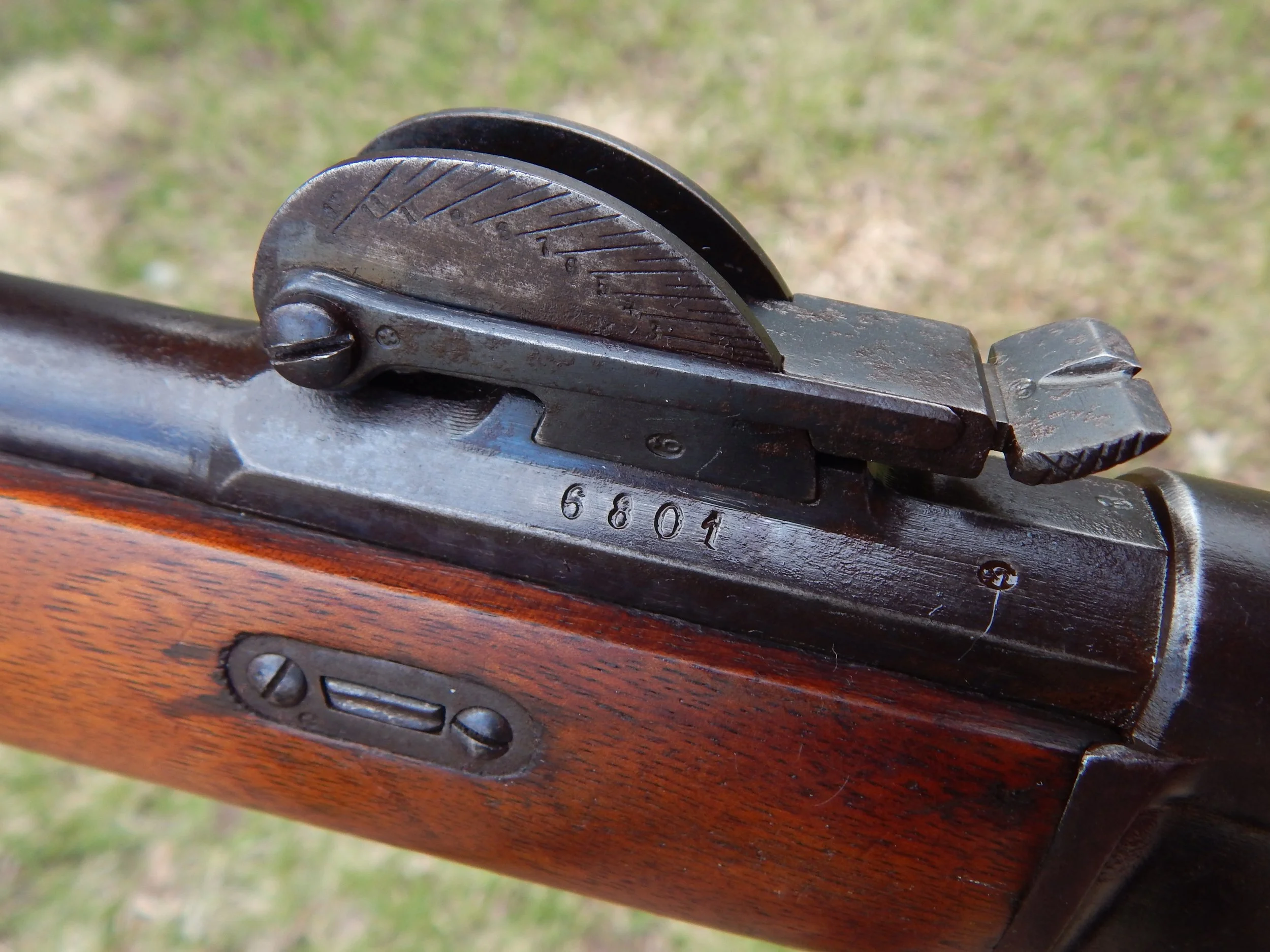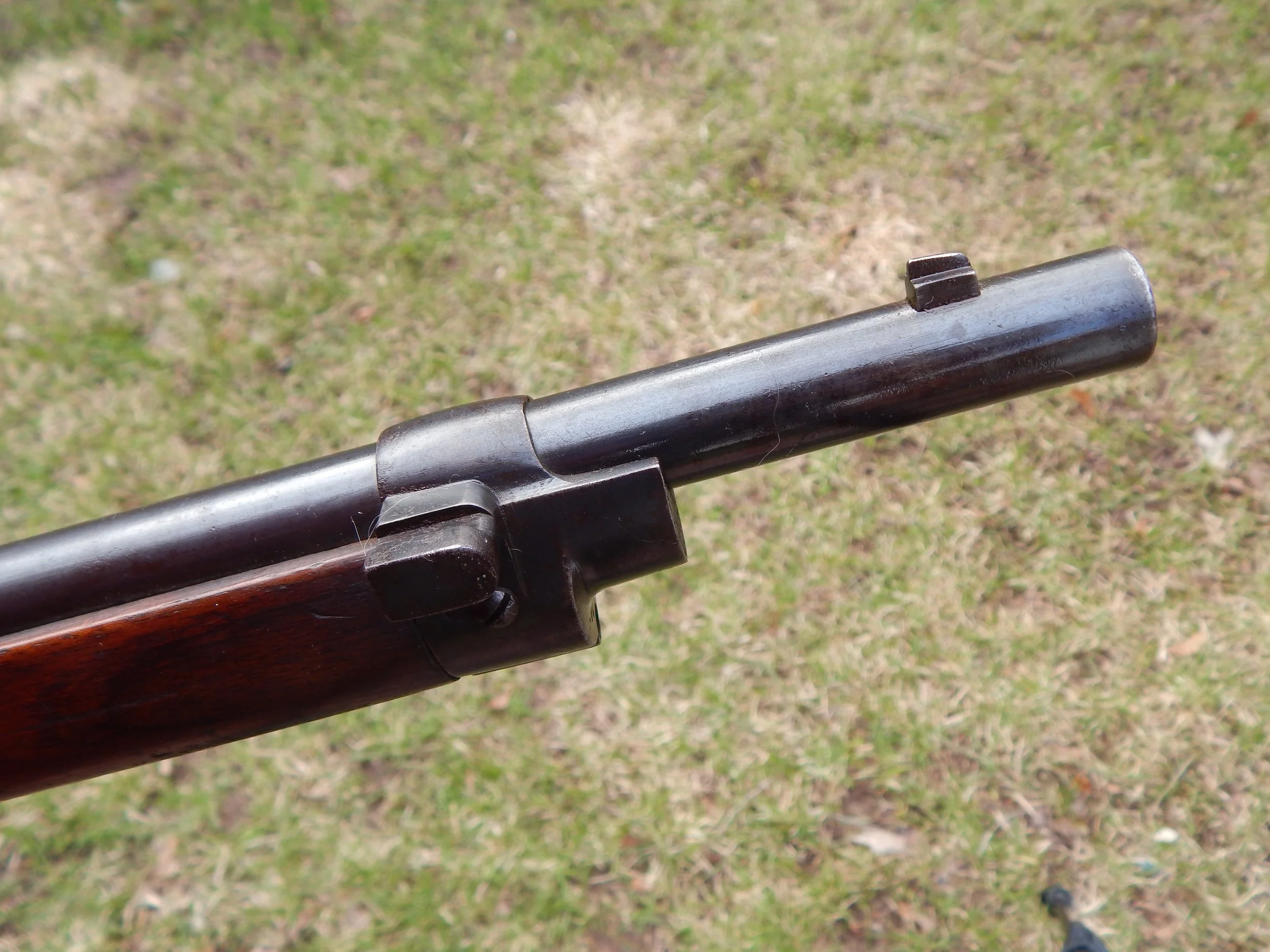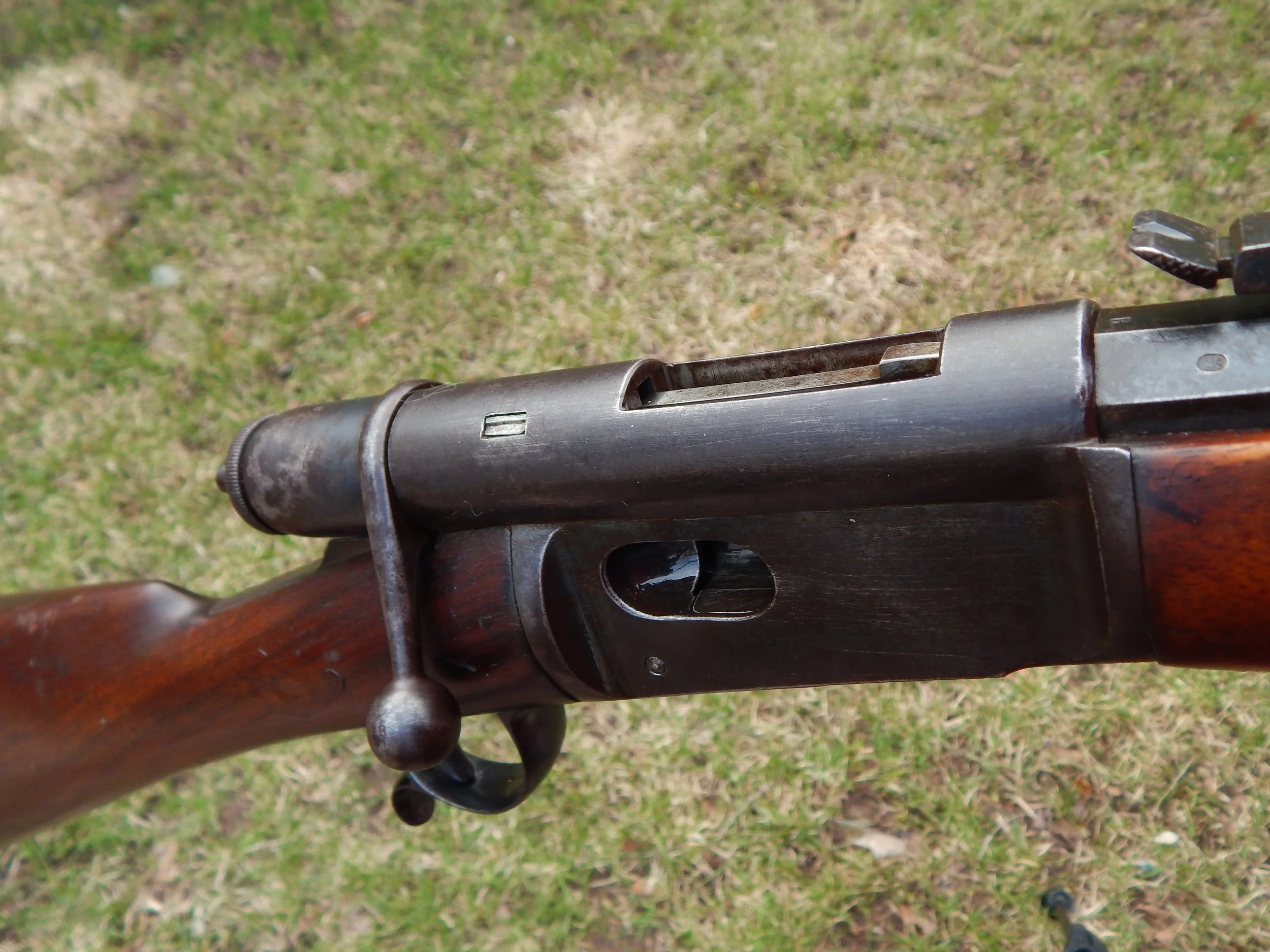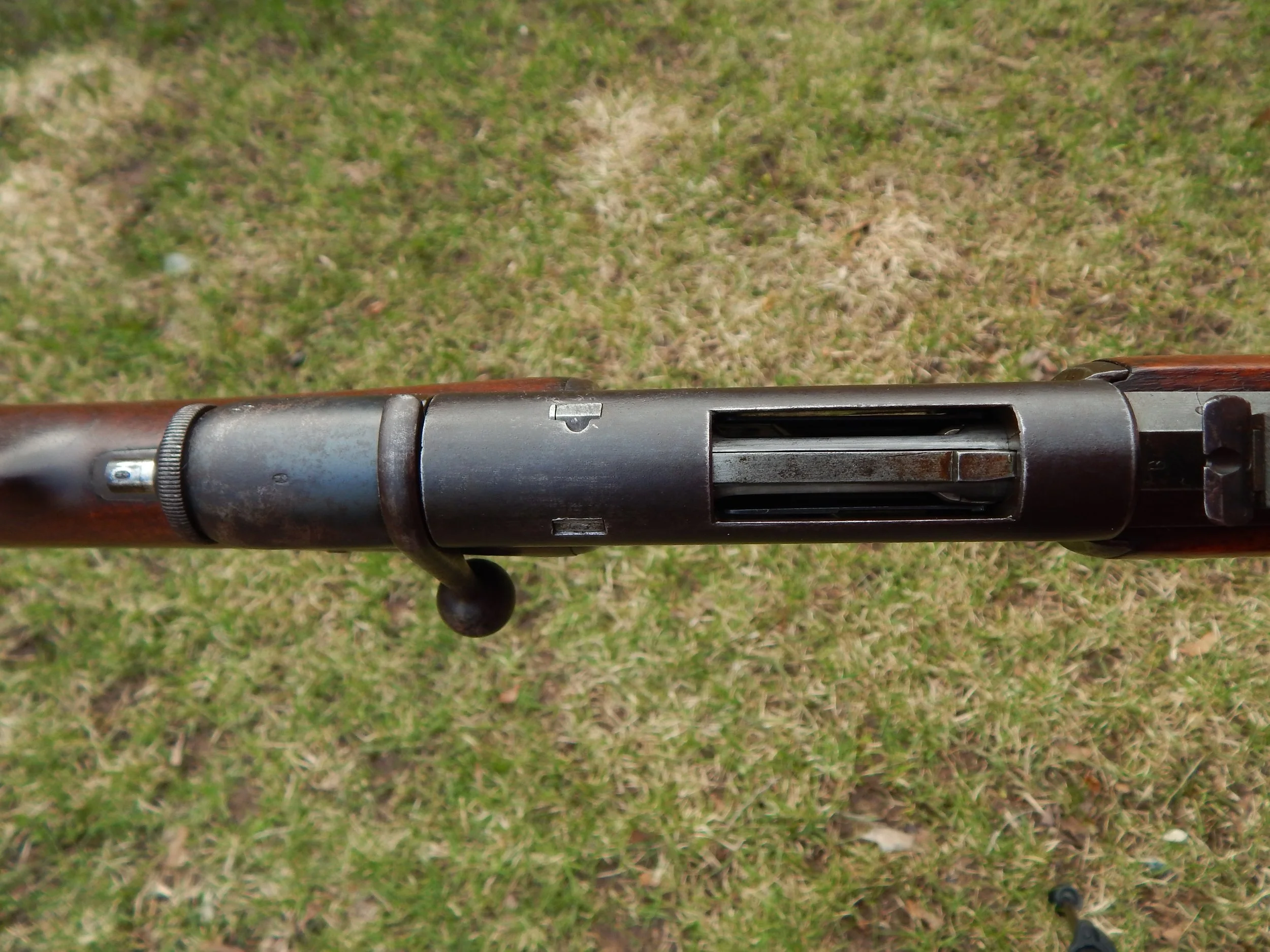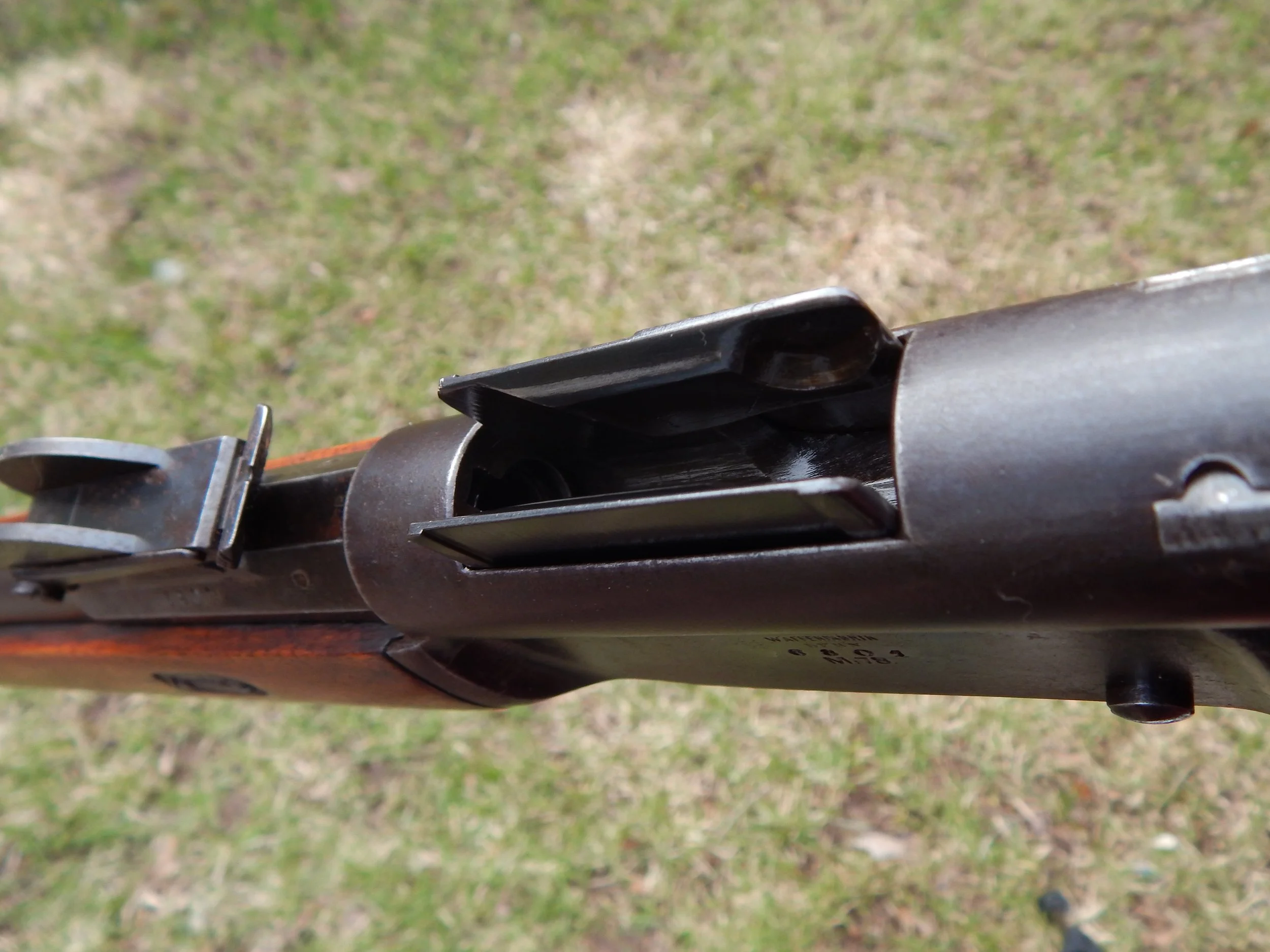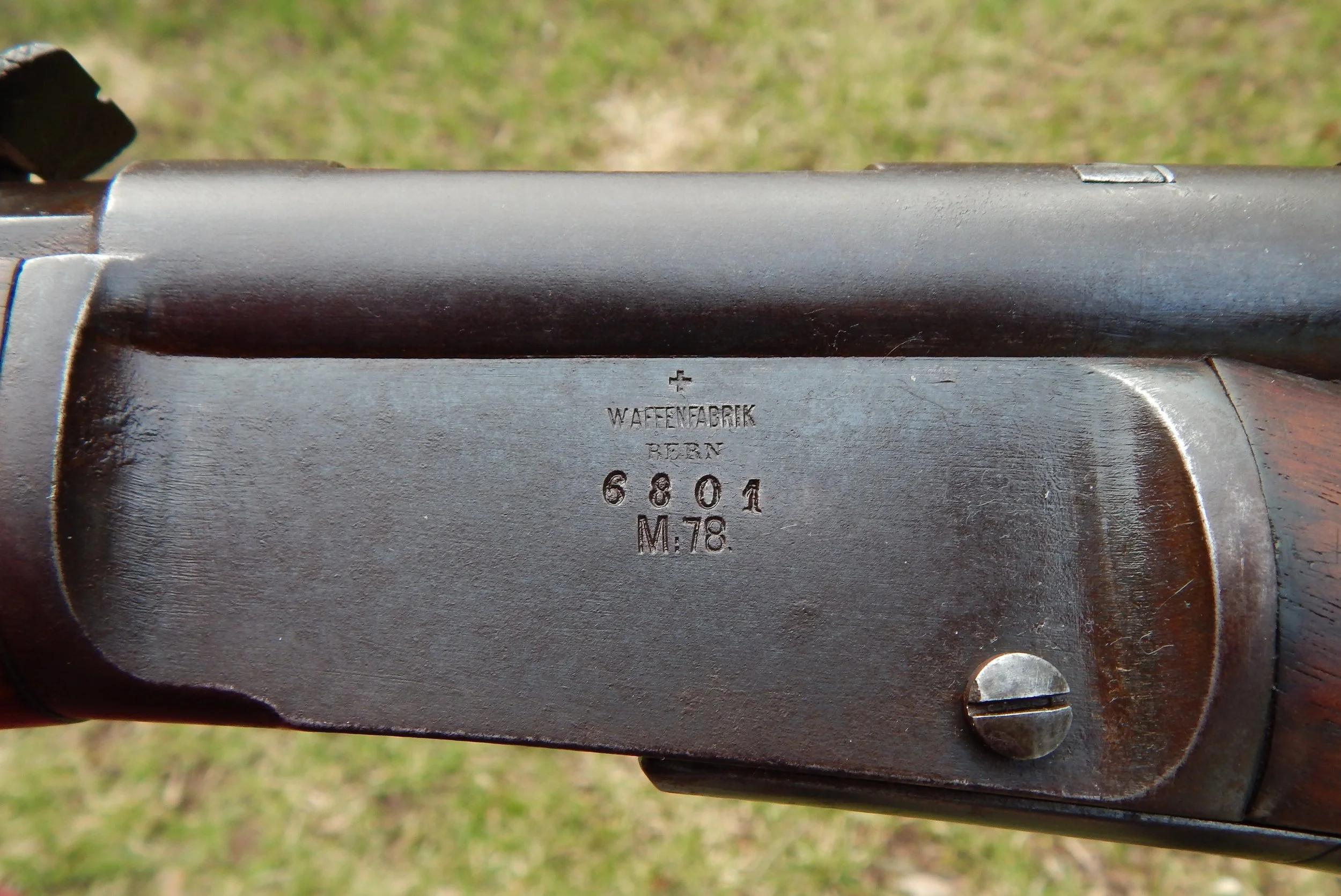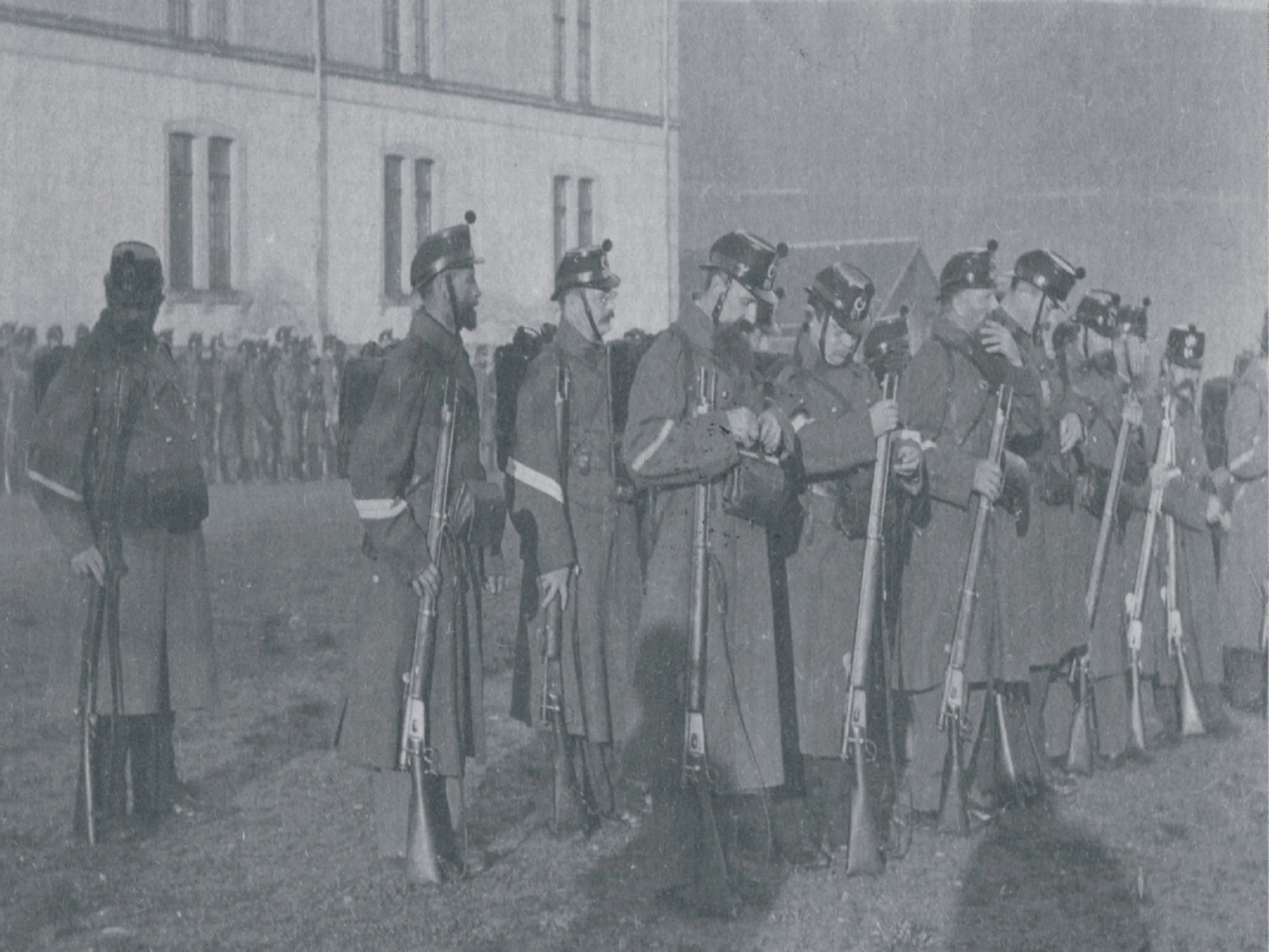Vetterli M1878/81
Observing the American Civil War of the 1860s, by 1863 The Swiss Government had concluded that breachloading repeater represented the future of military arms. The result was an indigenous design that would prove revolutionary, combining the American Henry tube magazine with a repeating bolt action similar to the Prussian Dreyse.
The History
In 1861 the United States fell into Civil War as a secessionist Confederacy battled the forces of the Federal Government for sovereignty. As this was ongoing, another federal state, located in Alpine Europe, watched closely as new technologies were deployed in the conflict in America. By 1863 it was decided that repeating cartridge arms, such as the Henry Rifle, represented the future, and a requirement was issued for such a weapon to be procured or designed.
Initially, the Swiss sought to purchase both Henry and the newer Winchester rifles, but this proved to be untenable. Subsequently, a commission was appointed to design a new weapon, and after going through several foreign submissions an idigenous design by Johann-Friedrich Vetterli was approved in 1867. The basic premise of this design was a fusion of the American underbarrel tube magazine with the rotating bolt action of the Prussian Dreyse Needle Rifle, firing a 11mm rimfire cartridge. With its capacity for rapid follow up shots, the new Vetterli rifle represented a huge leap over the rifle-muskets it replaced, and was at the time the most advanced weapon in service on the continent.
The rear sight, which is adjustable from 225 to 1,200 meters
Before production of the original M1867 could even begin Vetterli introduced another innovative feature by replacing the manually cocked hammer with a cock-on-open firing pin system, the first of its kind. More changess followed, and the first model to see mass production was the M1879, which was slightly shortened. Following a series of carbines the next major production model was the M1871, which featured a simplified loading system and receiver, along with ommission of the magazine cuttoff found on earlier models. The sights were also updated, a new rear sight designed by Rudolf Schmidt.
The front sight is a simple blade. Also note the bayonet lug, located on the right hand side of the front band
The last major model of the Vetterli in Swiss service was the Model 1881, which was essentially just an M1871 with a further refined rear sight. Indeed, many M1871 rifles were upgraded during their service life, becoming the M78/81 variant. These would serve until the adoption of the Schmidt-Rubin straight pull rifles in 1889, after which the Vetterli began to be shunted into the reserves and eventually out of service.
The action of the M1878 Vetterli, showing its top ejection port as well as its loading gate. Also note the distinctive finger rest behind the trigger guard of of the M1878 model
The Design
The Vetterli rifle was revolutionary in its time, with its combination of exisiting technologies into a rifle that would echo those that would become the world standard for some seventy years. The M1878/81 was one of the last two major models, and as such incorporates the numerous changes effected over the life of the series of rifles. At its core, the Vetterli is a bolt action repeating rifle, using a cock on open action. It features dual locking lugs mounted in the rear, engaging in the large rear bridge of the receiver. The rear of the bolt it notably rather bulbous compared to its forward section, especially with its steel cover attached over the cocking piece. The extractor is fairly long, and remains in position with the forward section of the bolt, which does not rotate with the rest of the mechanism when it is actuated. A unique feature of the Vetterli is its firing pin, which is actually a pronged arrangement, with two separate points of contact on the primer of the cartridge to ensure proper ignition of the rimfire ammunition.
In this view the action can be seennin more detail, with the wide rear bridge needed for the rear locking bolt. Also notable is how the bolt has recesses on either side to allow the cartridge lifter to rise around it
The cartridge lifter is a large milled steel block, and is actuated by an arm that doubles as the bolt stop. Two ridges in the lifter also serve as an ejector, the force with which the lifter rises thus kicking the spent casing well clear of the rifle. Notably, when compared to the American rifles that inspired its magazine, these late model Vetterlis lack a loading gate, with cartridges simply held in place by the contour of the lifter and loading port.
This Example
The cartridge lifter in the raised position, with the bolt open. The protrusions on either side of it serve as an ejector for the spent cases
The rifle featured here is in generally very good external condition, aside from missing sling swivels. Serial numbers match throughout, and several Swiss proofs are evident. Like all M71 rifles, it was produced at the Federal arsenal in Bern, likely in the early years of this model. It has been converted to a centerfire since its arrival in the United States, which is not uncommon for these old rimfire rifles, as it allows economical reloading of the cartridges.
The rifle is marked on the left sidewall of the receiver, with the Swiss Cross above the manufacturer, then the serial number and model designation
Opinions
The Vetterli is very large, heavy rifle. The first of its generation of bolt action black powder repeaters, the Vetterli suffers from many of the same problems that plagued the smokeless M1886 Lebel, specifically in the manner that despite breaking ground the rifle was quickly outclassed by subsequent designs. Pleasant to shoot as almost all black powder cartridge guns are, the rifle is notably rather toughy regarding its ammunition, as a lack of a magazine interrupter means that the rifle uses the bullet of the cartridge in the lifter to hold the rest in the magazine. This results in the rifle jamming if rounds are too long or short, although it is notable that this was much less likely to be an issue in service with factory produced ammunition.
The Swiss Vetterli in any model is a rifle with very little actual service history, due to the neutrality policy of its homeland, but despite this it does represent an important step in firearms history, thereby making it a worthy addition to any collection.
Infantry of the Swiss Landsturm (reserves) armed with M78 Vetterli Rifles in 1898
Credit: Jadechat on Wikimedia
Observed Values and Frequency
Updated: February, 2024
AVERAGE VALUE (USD): $200 - 400
FREQUENCY: Uncommon
COLLECTOR’S NOTES: Sometimes can be found converted to centerfire for ease of loading
